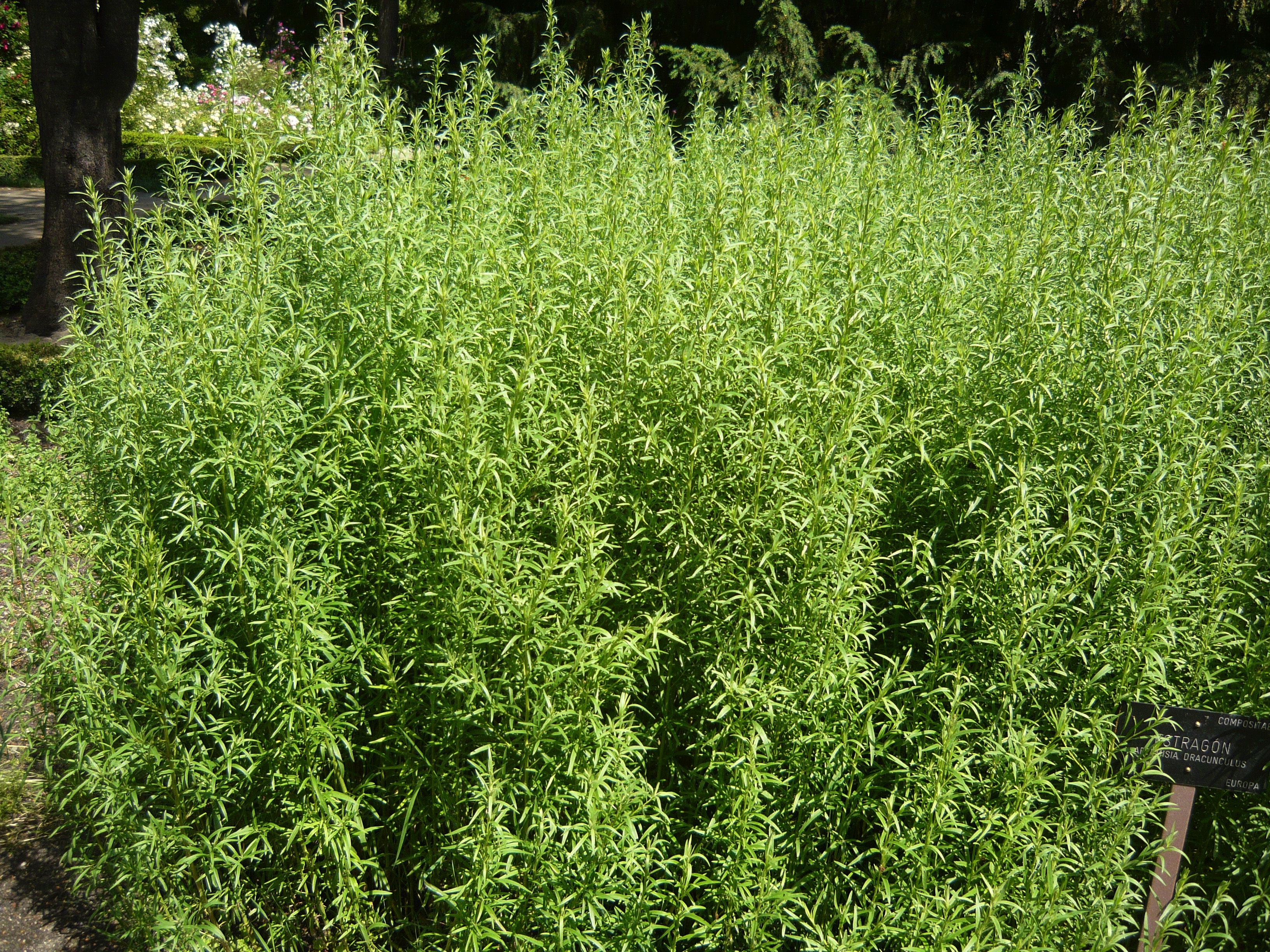

Tarragon

Tarragon, is a hardy perennial. Glossy, narrow green leaves grow on upright stems. Tarragon grows up to 12 inches in height. Two varieties of tarragon are available. French, has a refined flavor indispensable to French cuisine, and Russian, which has a course flavor. Tarragon has a very insignificant greenish-white blossom. Only Russian tarragon will set seed in temperate climates.
How to grow: To grows tarragon, select a sunny, sheltered site with rich, light and dry soil. Plants should be 12 to 18 inches apart. Protect plants in winter with a layer of straw. Tarragon is suitable for growing indoors.
Propagation: Divide roots in the spring. Take stem cuttings in summer. Seed is not available: that sold as tarragon is the Russian species. Divide and replant French Tarragon every third year to avoid deterioration.
Harvesting: Pick leaves anytime, but late in summer for main crop. Do not harvest more than 1/3 of the stem to allow for regrowth, unless it is the end of the growing season.
Preserving: Freeze leaves or dry. Dry quickly at 80 degrees. When leaves are thoroughly dry, seal in a glass container and store in a dark place.
Culinary uses: Tarragon provides a savory flavor and hidden tang. It is indispensable for Bearnaise and Hollandaise sauces. Tarragon is one of the fines herbs, together with chervil and parsley. Excellent for soups, fish dishes and any delicate vegetable. It is particularly good added to egg dishes. Add shredded leaf to avocado fillings. Rub tarragon onto a roast chicken or mix with stuffing.
Other uses: Make an herb butter using tarragon. Freeze in ice cubes for an unusual flavor in cold drinks. Infuse tarragon with oil or vinegar for a delicate anise flavor. Tarragon vinegar added to thinly sliced raw cauliflower and other seasonings makes a cool summer salad.
4116 E. 15th Street
Tulsa, OK 74112-6198
(918)746-3701